One icy day in January, the 130-year-old First Methodist Church in Princeton, Indiana, burned to the ground after years of slow decline. Through the years the church’s beautiful crescent sanctuary had seen christenings, confirmations, weddings, funerals, the full circle of small-town religious life. Downstairs hosted the Pinewood Derby and the yearly pancake and sausage breakfast. Boy Scouts learned first-aid there; seniors practiced CPR.
That was all long ago. The destruction left by the fire was so complete authorities in the small Southwest Indiana county seat couldn’t find a proximal cause. But ultimately, it was gradual social and generational change that left the building underused, expensive to maintain, impractical and finally vulnerable.
The First Methodist Church is not alone. A 2021 study by Lifeway Research found that in 2019, some 4,500 Protestant churches closed nationwide, while only 3,000 opened. Many of those were “mini-churches,” with congregations of 70 parishioners, often fewer. The median church attendance figure dropped from 137 attendees to 65 in the last 20 years.
Another study, associated with the United Church of Christ, held that from 2010 to 2020, church closures per year ran from about 4,000 to nearly 8,000.
It was part of a nationwide pattern with predictable results. A 2023-24 Pew research study found that 80 percent of Americans believe that religion is no longer a powerful cultural influence, “a percentage that’s as high as it’s ever been in our surveys,” Pew reported.
For religion generally, the unraveling through the years has been impossible to separate from broader culture. But the release in October 1970 of the rock opera Jesus Christ Superstar is as good a mile-marker as any. Written by Britons Tim Rice and Andrew Lloyd Webber, the double album (which preceded stage and movie versions) hit US record stores more than a half-century ago.
The work sparked conversation around the country, escalating in Princeton in the Lenten season of 1971. In response, a sober notice appeared on the religion page of the Princeton Daily Clarion. The rock opera album was to be played publicly in the sanctuary of First Methodist, of all places, to “introduce and discuss this very interesting presentation of the last eight days of our Lord’s life.” At the end of the short piece, it sternly cautioned, “This presentation is not to be considered as entertainment.”
But in a contrast hinting at changes already underway in the church and society, for some First Methodist members the rock opera was excellent entertainment indeed: the fan-like crowd’s “Ho-sanna/Hey-sannas”; the drunk and drowsy Apostles in the Garden of Gethsemane; especially the over-the-top, ragtime camp of Herod singing, “Prove to me that you’re no fool, walk across my swimming pool.”
There were Bible-based protests in the country, but many religious communities accepted the work as a legitimate diversion if not theologically correct. The album aired on Vatican Radio, and national religion columnist the Revd Lester Kinsolving called the opera a “thoroughly sincere and respectful effort to express the Passion narrative in (very) modern idiom.” Near us, pastors complained in the media that the show was “a little bit polluted theologically,” but pronounced it “acceptable.” Students at two area Catholic schools presented well-received versions of the show, one by lip-syncing along with the album.
A larger swell of opposition developed in 1973, with a wildly campy Broadway staging of the work that left even its creators nonplussed – feather boas, Judas riding a butterfly. Since then the show has faced the inevitable escalation of shock expectations that seem baked into the counter-culture movement as deep as is the quiet acceptance of God in the scriptures. A production this summer at the Hollywood Bowl will have Jesus portrayed by Cynthia Erivo, last seen as Elphaba, the mostly-just-misunderstood witch in the movie Wicked.
Objections to the casting of a self-avowed gay female as Jesus have been growing, fueled in part by a noticeably more Trumpian mood among some religious believers – perhaps by an unsuspected ability on the part of religionists to tell the difference between thought-provoking and merely provocative.
Religion’s decline as a cultural force was never uncontested, but recent years have seen an uptick, especially in red states like Indiana. In 2022-23 nearly 300 Hoosier Methodist congregations left the statewide United Methodist organization, unable to accept its progressive initiatives revolving around sexuality. Those liberalizing moves by the state organization in turn were in response to more tradition-based decisions by the worldwide Methodist church, which for its part was reacting to cultural accommodation of LGBTQ concerns in the religious and secular worlds.
Such things might cause a person to lose faith in the future of churchgoing, divide and conquer being a favored tool of the devil since Adam and Eve. But as blasé indifference eventually causes disarray almost as well, dust-ups of this sort might even mark a positive re-engagement with religion.
The same Pew research study above that found large numbers of Americans seeing religion as irrelevant also found that an encouraging 49 percent of them agree that such a view is after all a bad thing. Some 57 percent have a positive view of religion. Only 19 percent have a negative view.
It’s a change beginning to be reflected in churchgoing itself. A study quoted at ReligionNews.com indicates that, though many small congregations are being launched, most actual churchgoers now attend “mega-churches” with congregations of 400 or more.
It’s possible that political differences play a role in this sorting process, with the larger churches more interested in moving the culture in a conservative direction – some in keeping with tenets of the Independent Network Charismatic movement that seeks to transform society by placing at the head of national governmental and non-governmental institutions those with conservative political views and evangelistic religious beliefs. This often translates to support for Donald Trump, even though he is not publicly religious at all.
Some smaller churches, meanwhile, still defining themselves as traditional and conservative, also explicitly oppose Trump and the MAGA movement. A mini-church in Spring Green, Wisconsin, ran into trouble locally when the husband and wife team that started it came out in opposition to Trump, she (a Republican member of the town board) by releasing an anti-Trump video that was even aired at the Democratic National Convention, he by insisting on social distancing and mask-wearing in church during the Covid epidemic. Both resulted in conflict and departures among parishioners.
When the Jesus Christ Superstar double album came out in 1970, its reception was in a way a perfect representation of change roaring through the country at the time. The aging group that won World War Two and was later called the Greatest Generation was losing – not particularly gracefully – its sway over culture, including religion. At the same time the rising baby boomers fought – again, not very gracefully – for a near total national reset. Those in the middle – my parents – found themselves relentlessly pulled in both directions.
In the rock-opera context the contrast played out in my mom and her English- and education-major friends in and out of the church richly enjoying the rock opera’s entertainment value, while in adult Sunday School there were serious discussions of its merits and dangers. We kids listened in, munching on the class’s extra donuts.
Meanwhile at home my sister and I, age ten and 12, happily sang along with Judas Iscariot in his catchy confusion over Jesus’s humanity and his final decisions.
“Did you mean to die like that? Was that a mistake, or / Did you know your messy death would be a record breaker?”
In retrospect, trivializing such things for youngsters just awakening in the spirit – and normalizing the betrayer of Jesus to boot – might not have been best practice. Happily, neither of us turned out especially sinful, though I drifted away from organized religion. Nor can we say that Jesus Christ Superstar burned down our church half a century later, though perhaps the opera was a butterfly wing that contributed down the years to the ultimate firestorm.
After all, the relatively mild reaction to it at the dawn of the 1970s, even in our relatively conservative portion of the country, suggests that by the time of its appearance in the wake of the chaotic 1960s, Jesus Christ Superstar was less a cause of cultural and spiritual change than an example of it.
The Catholic Church, it’s been said, grinds slowly but exceedingly fine – a matter of centuries. But with all its twists and turns, the ongoing creative disruption in religion, especially in Protestant denominations, is playing out over a much shorter time frame. It just seems to be lasting forever.
Princeton’s old First Methodist Church with its beautiful stained-glass windows and landmark bell tower is now just a formless jumble bulldozed into its own footprint. But as a religious entity it persists. Its members combined with two other Methodist congregations as a new church at the edge of town – Hillside United Methodist. It’s almost Easter. Call it a resurrection.




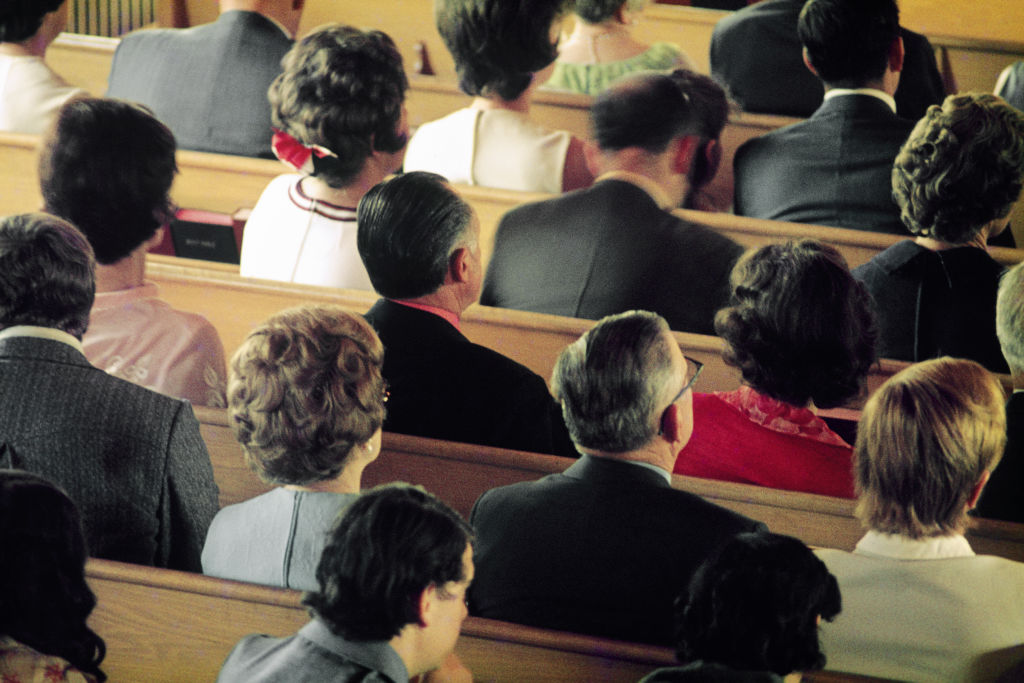









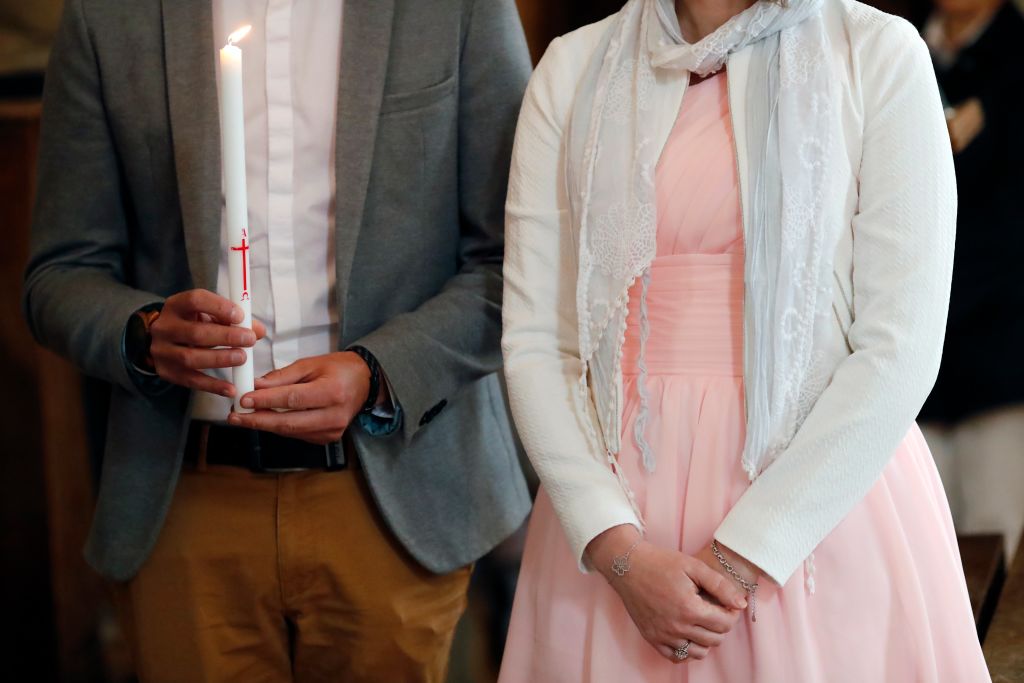

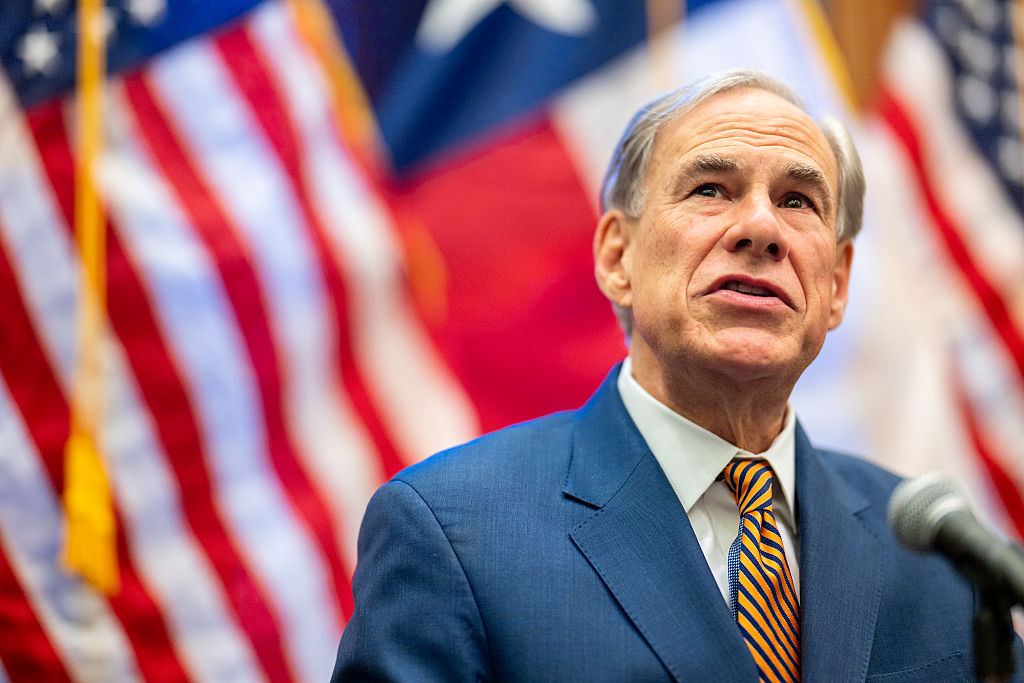
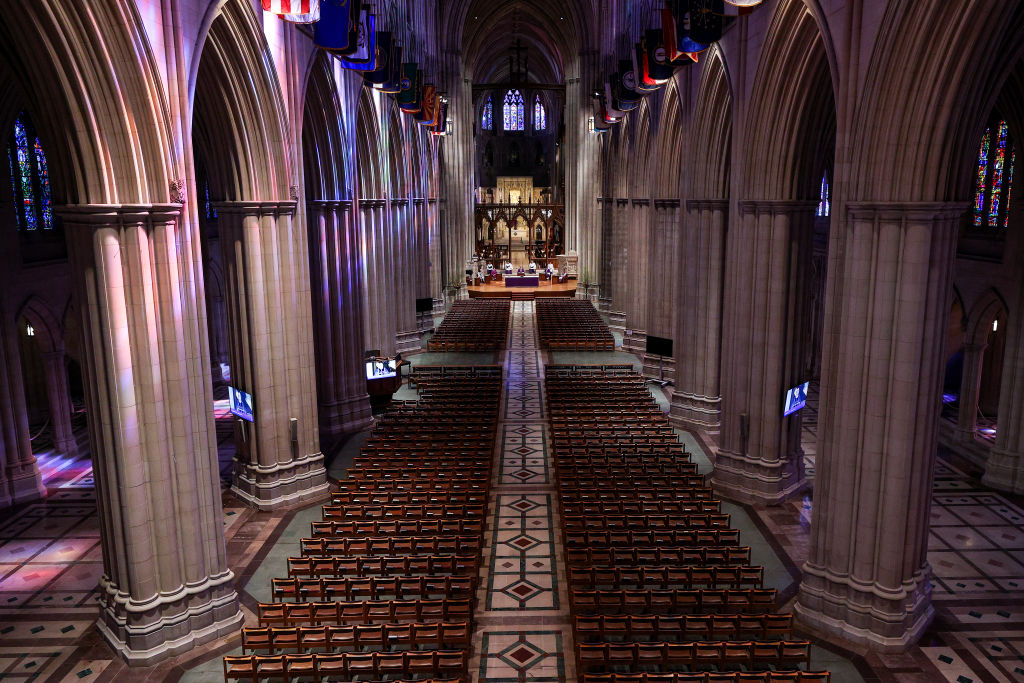

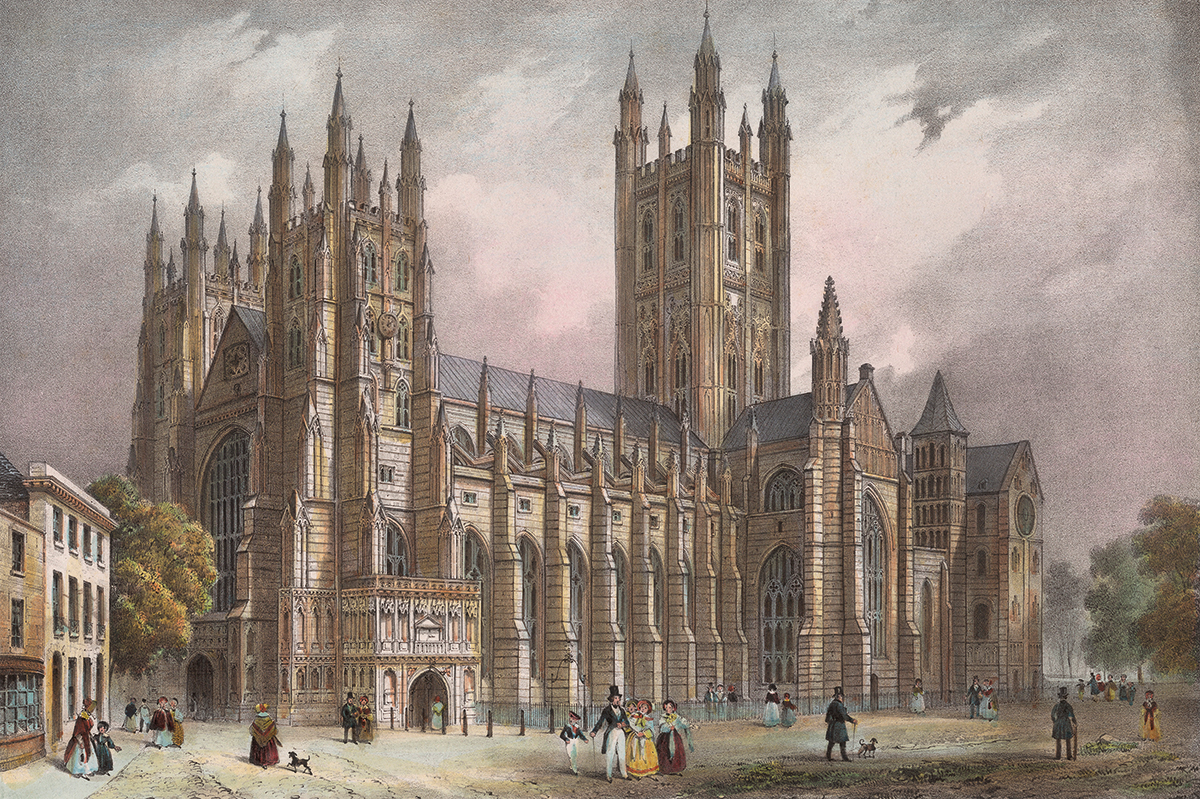

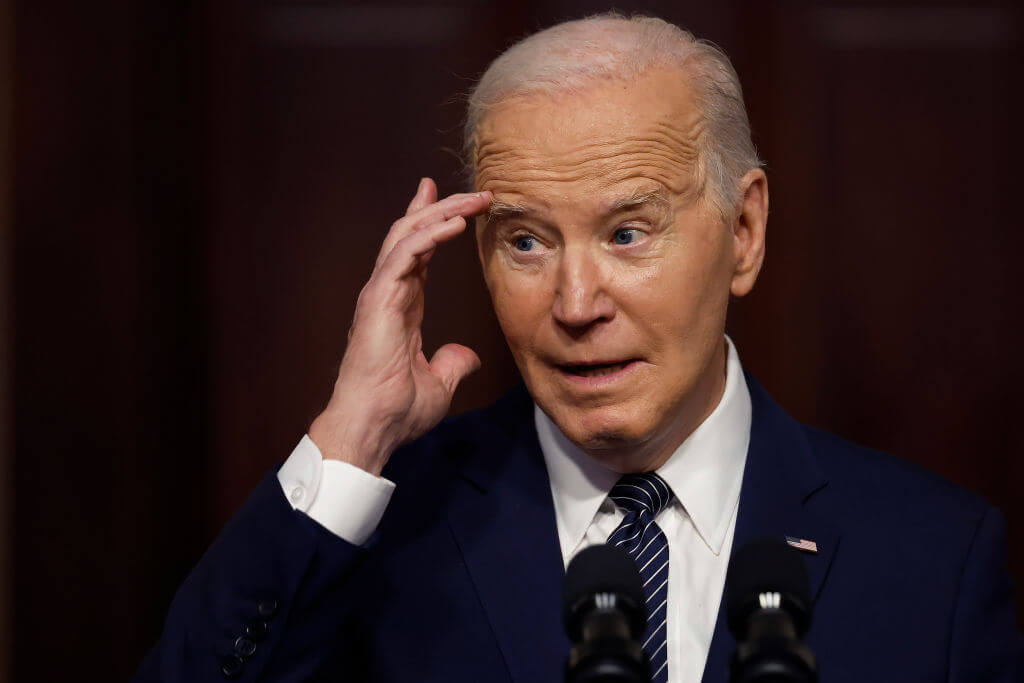



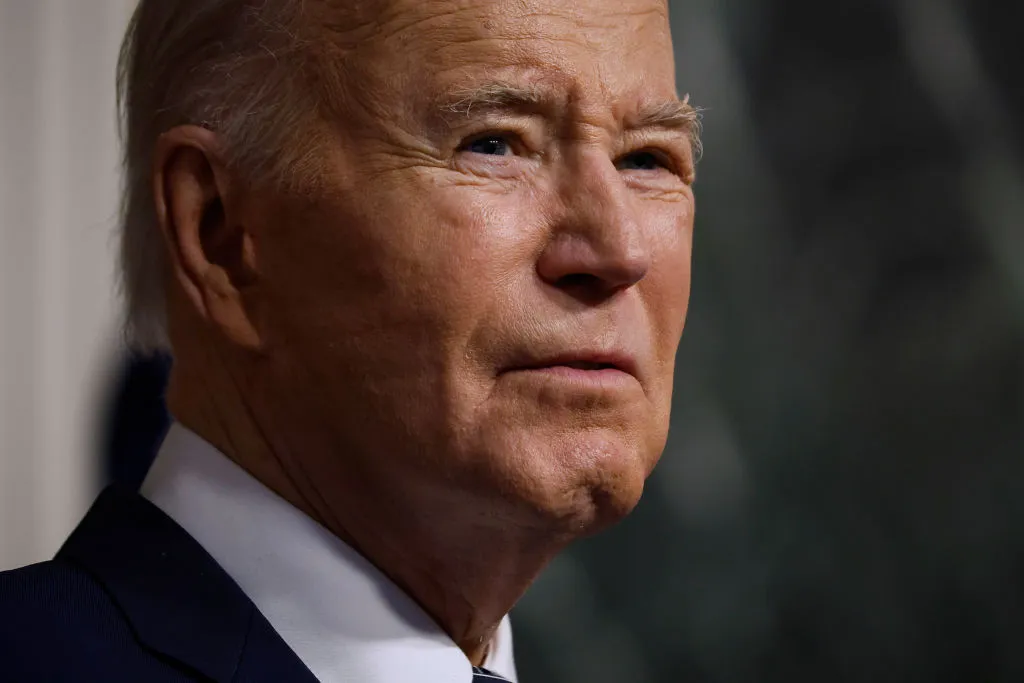

Leave a Reply